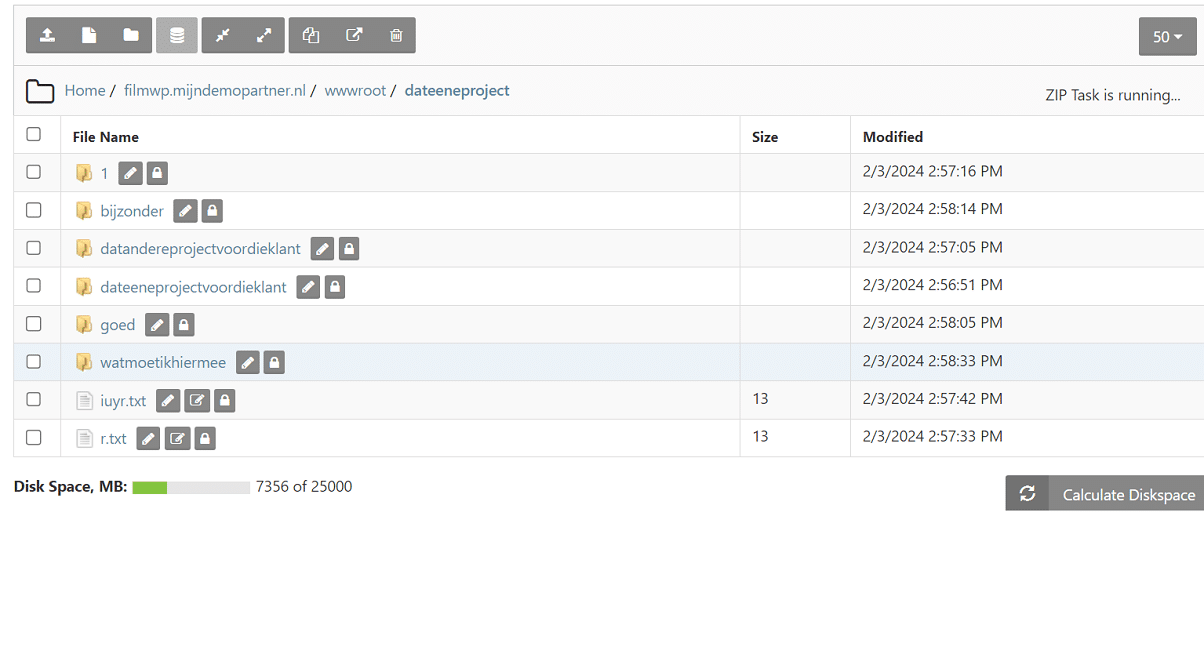Working with logical file names within your hosting
Working on your website and on computers in general always brings up the topic of file names, it is important to develop a set practice for this that makes sense not only for yourself, but also for others within your team. In this blog post we'll cover some tips for working with logical file names within your hosting package and company, and how best to deal with them. Let's get started!
Consistency is Key
One of the first steps to organized file management is to maintain consistency. Make sure you follow a uniform convention when naming files. This may include using capital letters, avoiding special characters or using a specific date format. Being consistent will make it easier for you and your team to identify and understand files.
Meaningful Names.
Give your files meaningful names that reflect their content. Avoid generic terms and abbreviations that are difficult for others to decipher. For example, when it comes to images, consider basing the file name on the content or subject matter of the image rather than arbitrary characters.
Cover images of a page or piece of text, for example, can always be referred to with -cover in the name, and for example, for this blog post: use "logical-file-name-cover.jpg." And for any images that might be in the article: logical-file-name-1.jpg, logical-file-name-2.jpg etc. to be able to be. That way you can see right away what the cover image is, and which images will be (approximately) where in the content.
Structuring Folders
In addition to naming files correctly, organizing files into well-structured folders is equally important. Create hierarchies that are logical and intuitive, so team members can quickly navigate and find what they need. Consider using clear categories and subfolders to facilitate organization. If you are using a Content Management System such as WordPress this will be sorted by year and date by default, locally on your PC you can keep this as well, or keep this separate in some other way that makes sense.
Implement version control
When working on websites, it is vital to implement a version control system. This allows you to keep track of changes, revert to previous versions if necessary and collaborate effectively with others without losing files. Software like GitHub have taken this a step further and developed this even further, as a web developer this is an interesting consideration to switch to this if you haven't already.
Document your process
Make sure your file naming conventions are documented and accessible to all team members. This can be in the form of an internal manual or a shared document, for example within our webmail. Clear documentation promotes consistency and avoids confusion. And offers new colleagues more guidance on how to begin working on the website and its content.
Use date notations intelligently
When working with websites, dates can be crucial. Consider displaying dates in a standardized way, such as YYYY-MM-DD (year-month-day), to avoid confusion and maintain a consistent chronological order. Also remember that files within hosting always show a last edit date as well, so you can always see when a file was last edited.
Regular checks and cleanup
Schedule time with some regularity to check and clean up your file structure. Remove unnecessary files, update outdated names, and adjust your system as project needs change. A clean hosting environment improves efficiency and keeps everything organized. As well, it can save you a lot of space within your hosting package in the long run.
By applying these tips, you can create a structured and organized environment for managing files within your hosting package and business. It will not only simplify your work, but also improve collaboration with team members, allowing everyone to quickly and effectively access the files they need.
